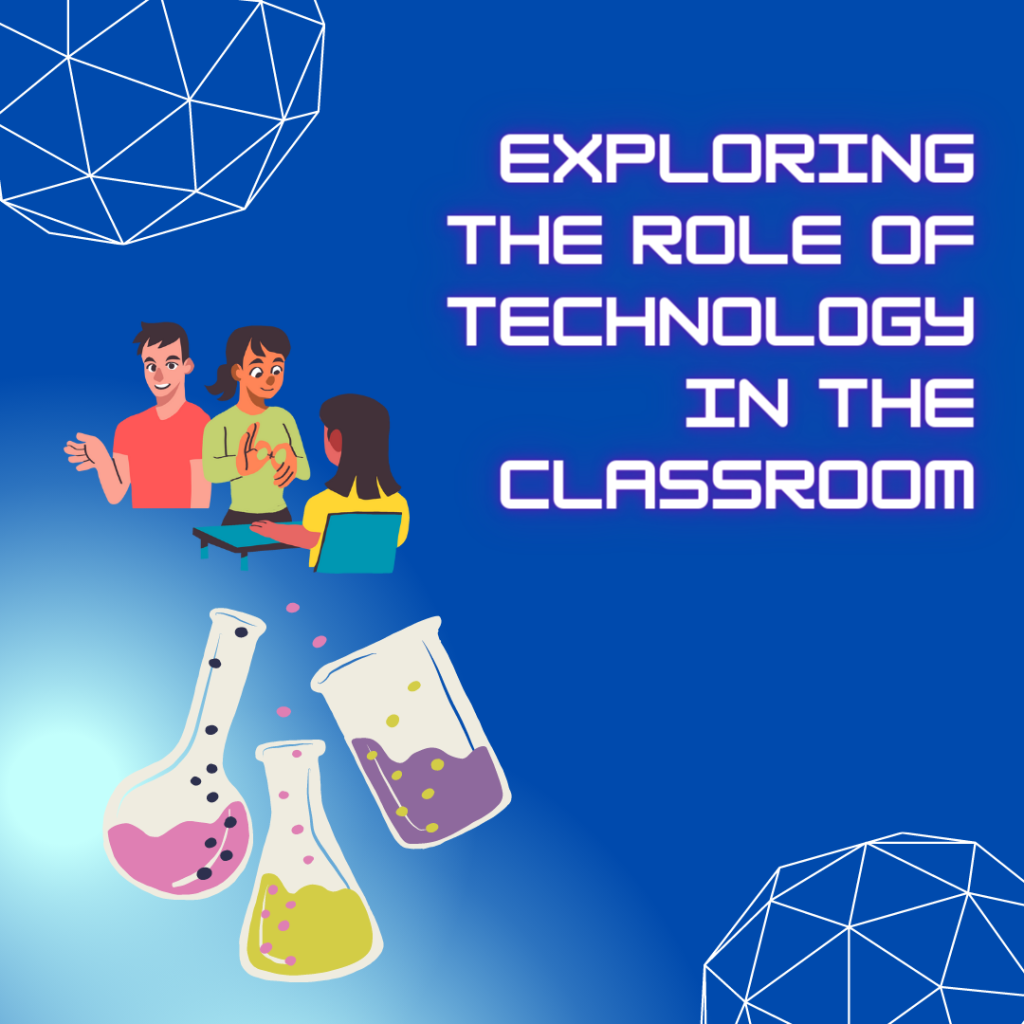Introduction:
Education is undergoing a significant transformation, thanks to the integration of technology into the classroom. Traditional teaching methods are being revolutionized, opening up new avenues for enhanced learning experiences. In this blog, we will delve into the role of technology in education, exploring its impact on both students and educators. From interactive learning tools to personalized instruction, let’s uncover how technology is reshaping the educational landscape.

Enhancing Engagement and Active Learning:
Technology has the power to captivate students’ attention and make learning a dynamic experience. With interactive whiteboards, educational apps, and multimedia resources, educators can create immersive lessons that foster active participation and engagement. Students can explore virtual simulations, collaborate on projects, and interact with educational content in ways that were unimaginable in traditional classrooms.
Customized Learning Experiences:
One size does not fit all when it comes to education. Technology enables personalized learning experiences tailored to the unique needs and abilities of each student. Adaptive learning platforms, intelligent tutoring systems, and data analytics empower educators to identify individual strengths and weaknesses, allowing them to deliver targeted instruction and support. This personalized approach fosters student autonomy, motivation, and better academic outcomes.
Access to a World of Knowledge:
The internet has become a vast repository of knowledge accessible to students worldwide. Online resources, digital libraries, and educational platforms provide a wealth of information at students’ fingertips. Whether it’s researching a topic, accessing e-books, or connecting with experts remotely, technology enables students to explore beyond the confines of their textbooks, expanding their horizons and nurturing a lifelong love for learning.
Collaboration and Global Connectivity:
Technology facilitates collaboration among students, transcending geographical boundaries. Virtual classrooms, video conferencing, and online collaborative tools enable students to connect, communicate, and work together on projects regardless of their physical location. This global connectivity fosters cultural exchange, diversity appreciation, and the development of essential 21st-century skills such as teamwork and communication.
Empowering Educators:
Technology empowers educators with innovative tools and resources to enhance their teaching practices. Learning management systems, educational software, and online professional development platforms equip teachers with the necessary tools to create engaging lessons, track student progress, and continuously improve their instructional strategies. Through online communities and social networks, educators can connect and share best practices, fostering a culture of collaboration and professional growth.

Conclusion:
Technology has become an indispensable tool in modern classrooms, revolutionizing education in unprecedented ways. Its role in enhancing engagement, personalizing learning, expanding access to knowledge, promoting collaboration, and empowering educators cannot be overstated. As we embrace the possibilities technology offers, we must continue to navigate the evolving landscape of digital education, ensuring equitable access, addressing challenges, and leveraging technology to unlock the full potential of every learner.
The future of education lies at the intersection of technology and pedagogy, where innovative solutions and learner-centric approaches pave the way for a transformative educational experience.



Comments 0